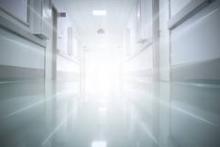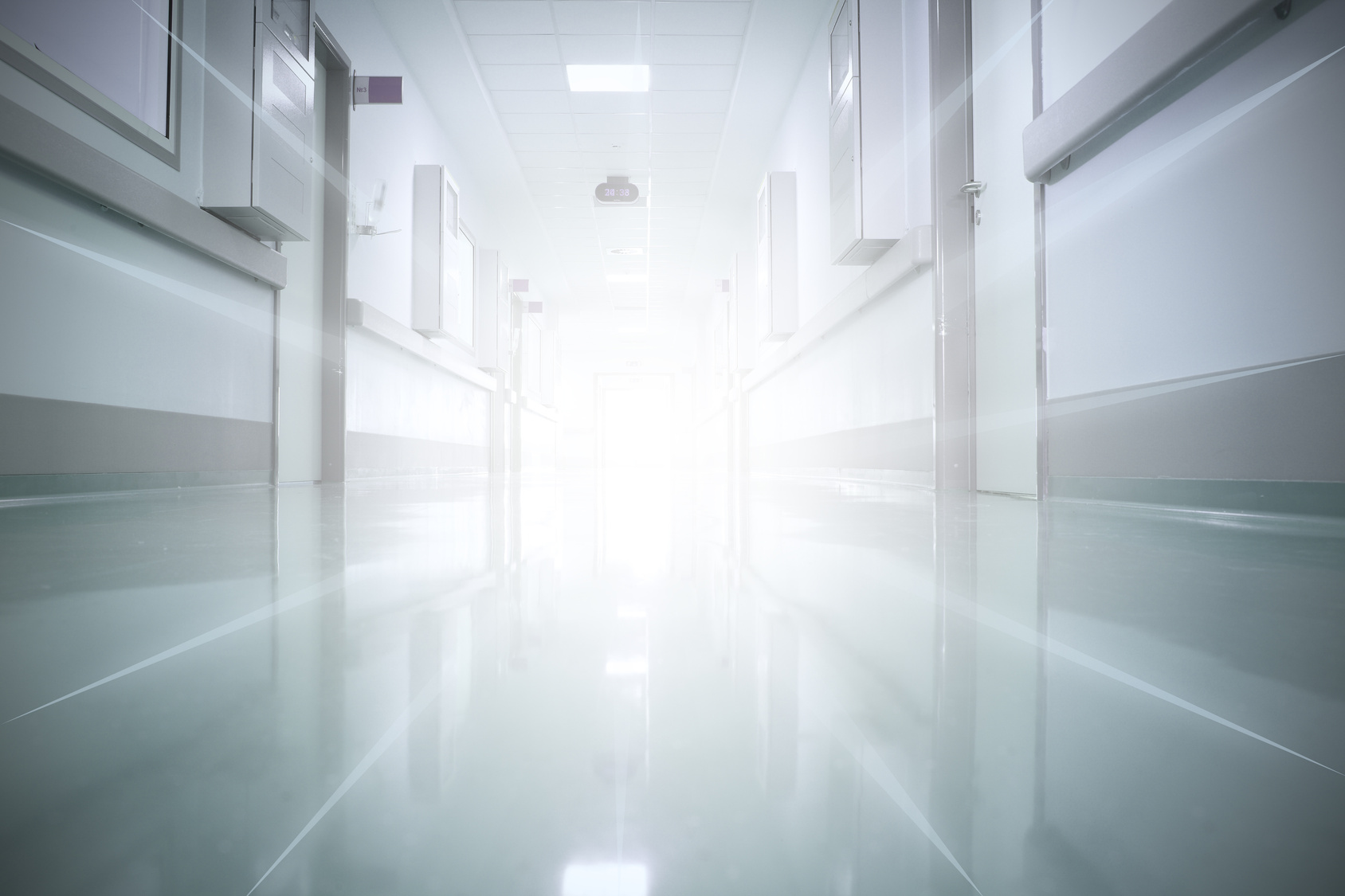User login
The phrase "Let me shed a little light on the subject," has new meaning when "the subject" is a patient.
Researchers at the Cleveland Clinic recently evaluated the relationship between hospital lighting, sleep, mood, and pain. Researchers studied light exposure and sleep-wake patterns continuously over 72 hours and found that the less light patients were exposed to during the day, the more fatigued they were, and the more fatigued they were, you guessed it, the more pain they felt. Their subjects were found to be exposed to relatively low levels of light each day, thus lacked the natural cyclical variation between low and bright light necessary to help maintain normal sleep-wake patterns.
In the study, published in the Journal of Advanced Nursing, hospitalized patients were not exposed to the normal fluctuations of bright and dim light during a typical day, no surprise. But what you may find surprising is that they believe this loss of normal cyclical light patterns contributes not only to poorer sleep habits,but also to more pain (J. Adv. Nurs. 2013 [doi:10.1111/jan.12282]). When you think about it, it makes perfect sense.
We have known for a long time that when our patients do not get a good night’s sleep, their pain threshold, as well as their irritability threshold, decreases. And, truth be told, to a significant extent, we are all the same. My preschooler loves to sleep with a light on and when she sleeps with Mommy, Mommy is sometimes a grumpy bear when she wakes up the next day. Without good sleep hygiene, we are all vulnerable to an array of physical and emotional perturbations.
When you’re sick, there is something soothing about lying in a dimly lit room watching your favorite television show. I know when I am under the weather, this setting is comforting both to my mind and my body. It promotes relaxation and helps take our minds off of our sickness. Patients are no different. Many of them simply like to turn the lights down, if not off completely, and focus on their favorite news channel, or funny sitcoms for hours on end. And many of us have become acclimated to this scenario and automatically flip the light switch on when we enter the room and flip it back off when we leave. But, based on this study, it appears we should encourage our patients to keep the lights on during the day and even open the shades to let in natural sunlight. That way, at night, when it’s time for them to get really restful sleep, that sleep will be of higher quality and they will wake up feeling more rejuvenated – and hopefully, just a little bit better than they did the day before.
It seems like the quest for new and titillating technology which has the potential to revolutionize the field of medicine and miraculously transform patient care is never ending, yet sometimes simple lost-cost solutions have as great, or greater, potential to improve patient care than some of the high-price solutions. I personally appreciate the more simplistic, practical solutions. This one is at our fingertips: the light switch.
Dr. Hester is a hospitalist with Baltimore-Washington Medical Center who has a passion for empowering patients to partner in their health care. She is the creator of the Patient Whiz, a patient-engagement app for iOS.
The phrase "Let me shed a little light on the subject," has new meaning when "the subject" is a patient.
Researchers at the Cleveland Clinic recently evaluated the relationship between hospital lighting, sleep, mood, and pain. Researchers studied light exposure and sleep-wake patterns continuously over 72 hours and found that the less light patients were exposed to during the day, the more fatigued they were, and the more fatigued they were, you guessed it, the more pain they felt. Their subjects were found to be exposed to relatively low levels of light each day, thus lacked the natural cyclical variation between low and bright light necessary to help maintain normal sleep-wake patterns.
In the study, published in the Journal of Advanced Nursing, hospitalized patients were not exposed to the normal fluctuations of bright and dim light during a typical day, no surprise. But what you may find surprising is that they believe this loss of normal cyclical light patterns contributes not only to poorer sleep habits,but also to more pain (J. Adv. Nurs. 2013 [doi:10.1111/jan.12282]). When you think about it, it makes perfect sense.
We have known for a long time that when our patients do not get a good night’s sleep, their pain threshold, as well as their irritability threshold, decreases. And, truth be told, to a significant extent, we are all the same. My preschooler loves to sleep with a light on and when she sleeps with Mommy, Mommy is sometimes a grumpy bear when she wakes up the next day. Without good sleep hygiene, we are all vulnerable to an array of physical and emotional perturbations.
When you’re sick, there is something soothing about lying in a dimly lit room watching your favorite television show. I know when I am under the weather, this setting is comforting both to my mind and my body. It promotes relaxation and helps take our minds off of our sickness. Patients are no different. Many of them simply like to turn the lights down, if not off completely, and focus on their favorite news channel, or funny sitcoms for hours on end. And many of us have become acclimated to this scenario and automatically flip the light switch on when we enter the room and flip it back off when we leave. But, based on this study, it appears we should encourage our patients to keep the lights on during the day and even open the shades to let in natural sunlight. That way, at night, when it’s time for them to get really restful sleep, that sleep will be of higher quality and they will wake up feeling more rejuvenated – and hopefully, just a little bit better than they did the day before.
It seems like the quest for new and titillating technology which has the potential to revolutionize the field of medicine and miraculously transform patient care is never ending, yet sometimes simple lost-cost solutions have as great, or greater, potential to improve patient care than some of the high-price solutions. I personally appreciate the more simplistic, practical solutions. This one is at our fingertips: the light switch.
Dr. Hester is a hospitalist with Baltimore-Washington Medical Center who has a passion for empowering patients to partner in their health care. She is the creator of the Patient Whiz, a patient-engagement app for iOS.
The phrase "Let me shed a little light on the subject," has new meaning when "the subject" is a patient.
Researchers at the Cleveland Clinic recently evaluated the relationship between hospital lighting, sleep, mood, and pain. Researchers studied light exposure and sleep-wake patterns continuously over 72 hours and found that the less light patients were exposed to during the day, the more fatigued they were, and the more fatigued they were, you guessed it, the more pain they felt. Their subjects were found to be exposed to relatively low levels of light each day, thus lacked the natural cyclical variation between low and bright light necessary to help maintain normal sleep-wake patterns.
In the study, published in the Journal of Advanced Nursing, hospitalized patients were not exposed to the normal fluctuations of bright and dim light during a typical day, no surprise. But what you may find surprising is that they believe this loss of normal cyclical light patterns contributes not only to poorer sleep habits,but also to more pain (J. Adv. Nurs. 2013 [doi:10.1111/jan.12282]). When you think about it, it makes perfect sense.
We have known for a long time that when our patients do not get a good night’s sleep, their pain threshold, as well as their irritability threshold, decreases. And, truth be told, to a significant extent, we are all the same. My preschooler loves to sleep with a light on and when she sleeps with Mommy, Mommy is sometimes a grumpy bear when she wakes up the next day. Without good sleep hygiene, we are all vulnerable to an array of physical and emotional perturbations.
When you’re sick, there is something soothing about lying in a dimly lit room watching your favorite television show. I know when I am under the weather, this setting is comforting both to my mind and my body. It promotes relaxation and helps take our minds off of our sickness. Patients are no different. Many of them simply like to turn the lights down, if not off completely, and focus on their favorite news channel, or funny sitcoms for hours on end. And many of us have become acclimated to this scenario and automatically flip the light switch on when we enter the room and flip it back off when we leave. But, based on this study, it appears we should encourage our patients to keep the lights on during the day and even open the shades to let in natural sunlight. That way, at night, when it’s time for them to get really restful sleep, that sleep will be of higher quality and they will wake up feeling more rejuvenated – and hopefully, just a little bit better than they did the day before.
It seems like the quest for new and titillating technology which has the potential to revolutionize the field of medicine and miraculously transform patient care is never ending, yet sometimes simple lost-cost solutions have as great, or greater, potential to improve patient care than some of the high-price solutions. I personally appreciate the more simplistic, practical solutions. This one is at our fingertips: the light switch.
Dr. Hester is a hospitalist with Baltimore-Washington Medical Center who has a passion for empowering patients to partner in their health care. She is the creator of the Patient Whiz, a patient-engagement app for iOS.

